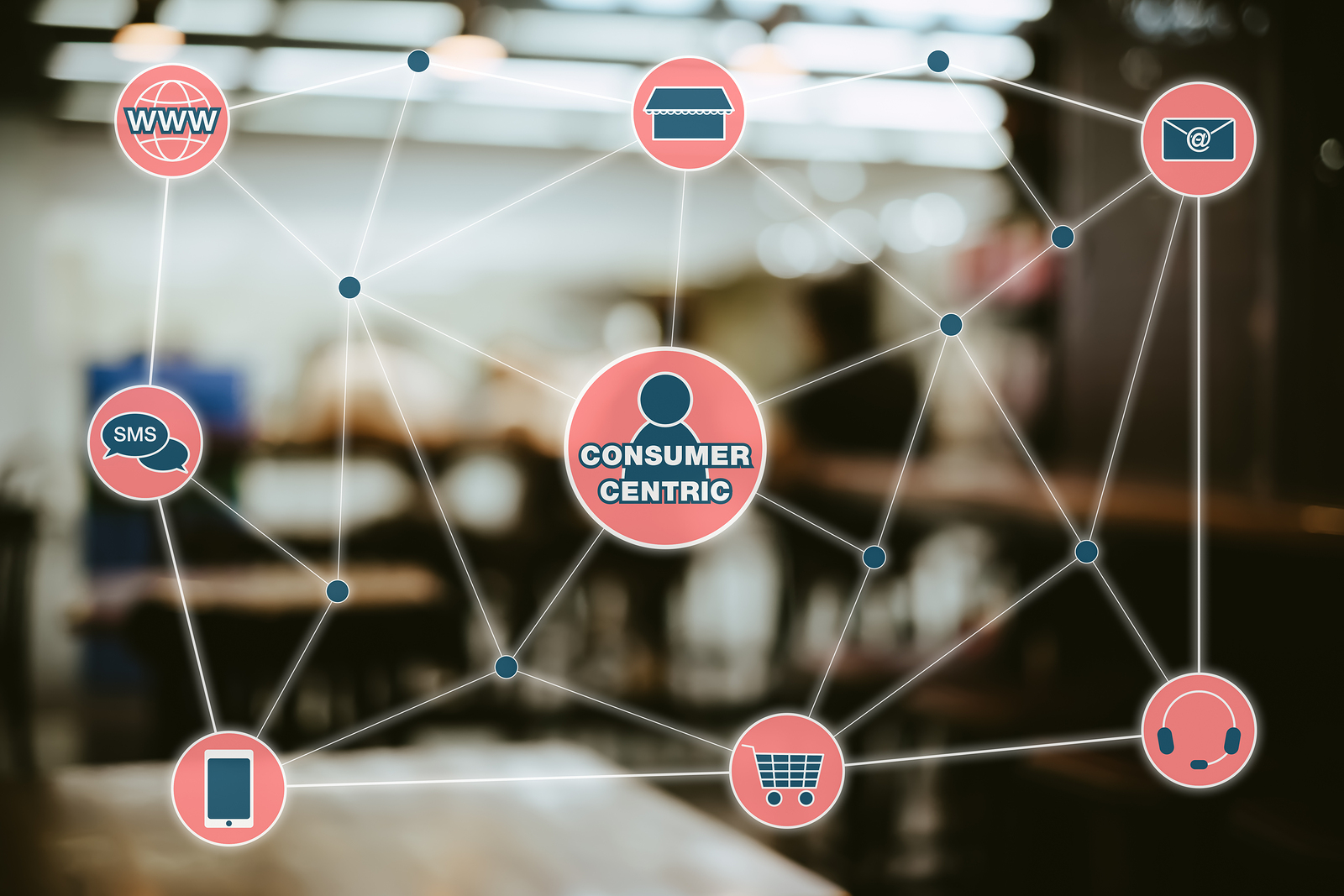Have you noticed why, despite the resources that companies have at their disposal, many are still struggling to create meaningful relationships with their customers? Statistics show that 62% of consumers have terminated business with a company because of poor customer service. This is because businesses rely on product-centric engagement tactics in their attempt to build customer loyalty.
The Age of the Customer has brought a paradigm shift in how businesses offer their products or services. The focus should no longer be on brand building but on the wants and needs of the customer. If you build your products around the wants and needs of your customer, you are removing the guesswork out of the equation. This is what customer-centricity is about.
Customer-centric engagements put the customer at the center of each interaction where businesses can analyze their unique behavioral data. With this, businesses can create significant contextual interactions that match each of their customers’ wants and needs.
Do you really need to transform from a product-centric to a customer-centric business?
The short answer is: yes. In all transformational processes, customer experience has always been an essential driver. Forrester Research found that 59% of consumers rated their experiences as just “Ok” while 23% rated theirs as “poor” or “very poor”. By improving the customer experience, you are fostering customer loyalty. And customer loyalty stems from customer satisfaction.
Amazon is an example of a customer-centric company—everything they do revolves around the customer’s needs and wants. Their unique service platform gives them both the data and the capability — through advanced algorithms — to learn and predict what site visitors want. Jeff Bezos said that “…being customer-focused allows you to be more pioneering.” Customer-centricity gives companies the advantage to create the products and services that will be purchased by customers — and a happy customer is very much likely to be a repeat customer.
So, what are the wants and needs of today’s customers?
Today’s customers expect on-demand access and service without the responsibility of ownership and maintenance. Traditionally, the customer relationship ends when they purchase your product. But with a subscription-based model, also known as “XaaS” (“your product X” as-a-Service), the customer relationship begins with the purchase. This means companies need to transform their business model from offering products to offering the product’s value as a service. Here are some of the examples of transforming to an as-a-Service business model:
- From selling software applications (Microsoft Word), transform to offering software subscriptions (Microsoft Word 365)
- From selling cars, transform to offering transportation on demand (Uber)
- From selling compressors, transform to offering Compressed air-as-a-Service
- From selling CT scanners, MRI machines, and X-Rays, transform to offering Medical Imaging-as-a-Service
It’s evident that services, not products, are the future of business. Customer-centricity lets you offer subscriptions that will address your customers’ problems and satisfy their need for convenience. Taascom enables companies to embark on their business model transformation by helping them shift from a transaction-based to a subscription-based revenue model. If you want to kickstart your business model transformation, contact us today.

